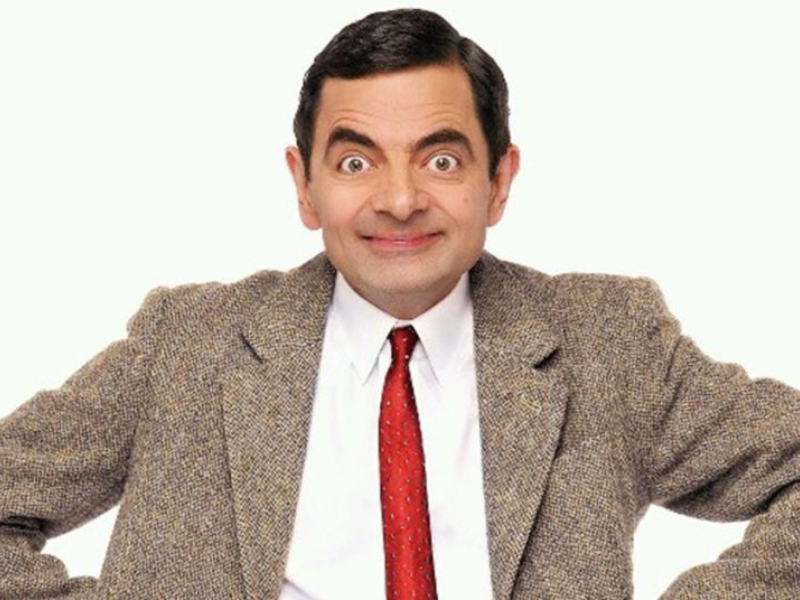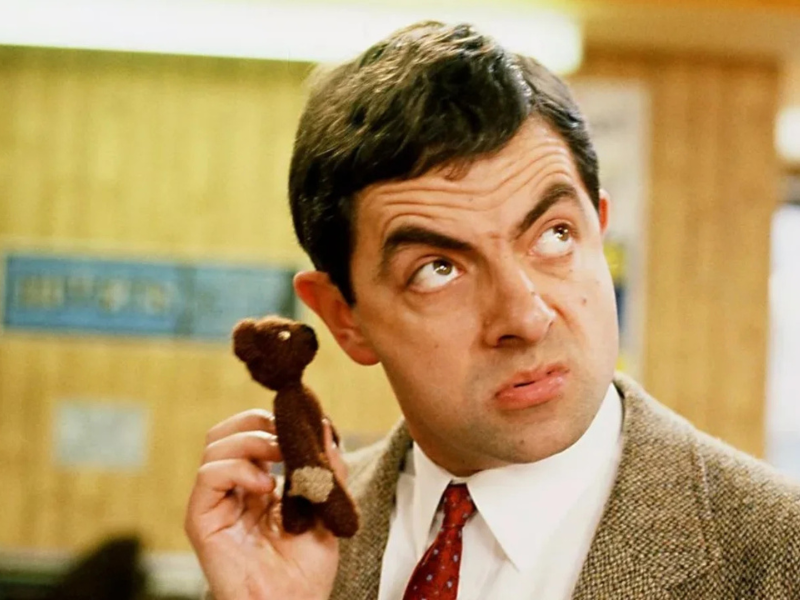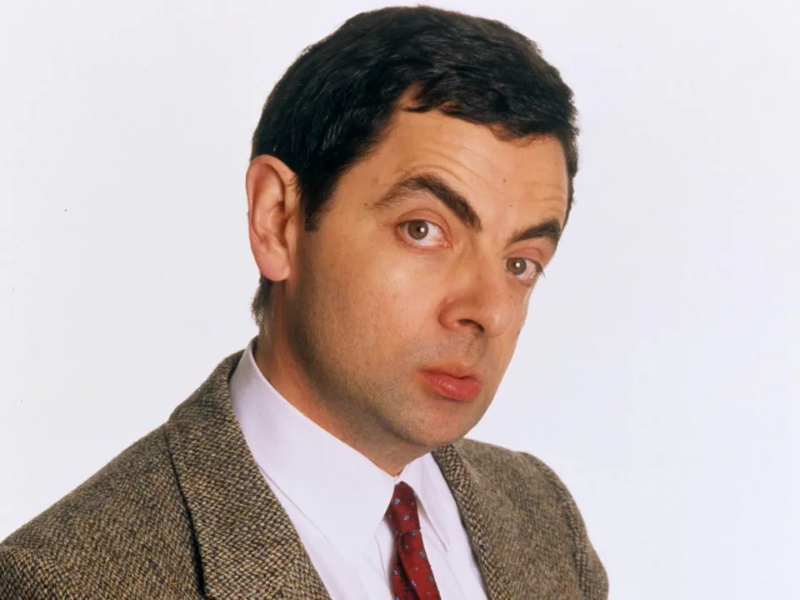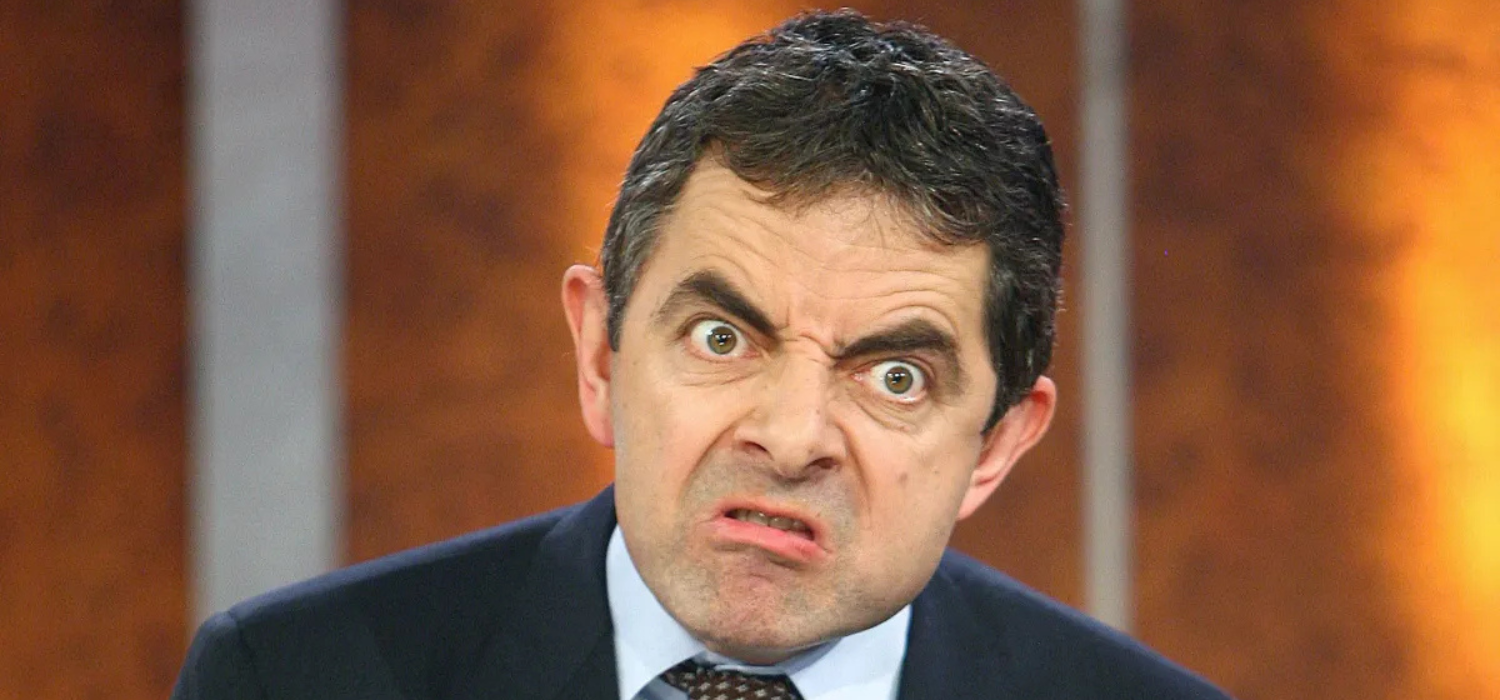Introduction: The Kingdom of Laughter
The United Kingdom has long been celebrated for its rich cultural contributions—from literature and theater to music and fashion. Among these treasures, one of the most enduring legacies is comedy. For more than a century, British comedians have shaped humor not only at home but across the globe, inspiring audiences and entertainers alike. The landscape of UK comedy is as diverse as it is influential: slapstick, satire, stand-up, sketch shows, sitcoms, and surrealism all form part of this grand tradition.
The idea of “comedy royalty” reflects the cultural reverence for these performers who, like monarchs of laughter, have ruled stages, screens, and hearts. This journey begins with early pioneers and continues through generations of iconic figures who each added their unique flavor to Britain’s comedy empire.
The Birth of a Comic Tradition: Music Halls and Vaudeville
Before the age of television, British comedy thrived in music halls during the late 19th and early 20th centuries. These venues were the foundation of popular entertainment, showcasing variety acts, including comedians who specialized in physical humor, witty wordplay, and sharp satire.
Performers like George Formby Sr., Marie Lloyd, and later Max Miller became household names. Miller, often called “The Cheeky Chappie”, became one of the first major comedy stars to gain national fame, with his daring humor and flamboyant stage persona. Music halls set the stage for comedy as a profession, allowing comedians to transition into radio, film, and eventually television.
This period also saw the development of the double act tradition, a hallmark of UK comedy. Partnerships of contrasting characters—such as the “straight man” and the “funny man”—would go on to dominate British humor for decades.

Chaplin’s genius lay in combining slapstick with deep human emotion. Films like The Kid (1921), City Lights (1931), and Modern Times (1936) made audiences laugh while also highlighting social issues such as poverty and industrial hardship. Unlike many silent comedians, Chaplin transcended simple gags—he created stories that blended humor with pathos.
Even after moving to Hollywood, Chaplin carried his British comedic roots with him, introducing the world to a distinctly English blend of cleverness and heart. His legacy as one of the greatest comedians of all time remains untouched, and he is rightly considered the first true king of comedy.
Stan Laurel: Half of the World’s Beloved Duo
Another British comedian who achieved global fame in Hollywood was Stan Laurel, one half of the legendary duo Laurel and Hardy. Born in Lancashire, Laurel brought a uniquely British sense of physical comedy and timing to his work with American partner Oliver Hardy.
Together, they defined the double act formula that would inspire countless others: the bumbling, innocent fool (Laurel) paired with the pompous straight man (Hardy). Their films, such as Sons of the Desert (1933), continue to entertain new generations.
Laurel’s influence on British comedy is profound—his style of wide-eyed innocence, physical pratfalls, and emotional sincerity can be seen in comedians from Norman Wisdom to Rowan Atkinson. He remains a cornerstone of comedy royalty, showing how British humor could resonate universally.
The Goon Show: Surrealism Before Its Time
In the 1950s, radio was the dominant medium for comedy, and nothing shook the airwaves quite like The Goon Show. Created by Spike Milligan, with co-stars Peter Sellers and Harry Secombe, the program introduced surreal, absurdist humor that was decades ahead of its time.
The Goons created bizarre characters, nonsensical plots, and groundbreaking sound effects that left audiences in stitches. Milligan’s manic creativity and Sellers’ incredible range of voices set new standards for comedy performance.
More importantly, The Goon Show laid the groundwork for later innovators like Monty Python. The anarchic spirit of the Goons made it clear that comedy could be as experimental and unpredictable as any art form.
Peter Sellers: The Master of Transformation
Among the Goons, Peter Sellers emerged as a true chameleon. His ability to inhabit characters was unmatched, and he soon became a global film star. Sellers brought brilliance to roles such as the bumbling Inspector Clouseau in The Pink Panther series, where his slapstick and verbal humor combined to create unforgettable comedy.
Sellers was not just a clown; he was a skilled satirist. In Dr. Strangelove (1964), he played three different roles, delivering biting political satire in a Cold War-era masterpiece. His versatility cemented him as one of the greatest comedic actors in cinema history.
His career demonstrated that British comedy royalty could reign not only on stage and television but also in the most prestigious corners of international film.

The Carry On Films: Comedy for the Masses
No discussion of British comedy would be complete without the Carry On films, a series of bawdy, slapstick comedies that began in 1958 and spanned over 30 films. Featuring stars like Sid James, Kenneth Williams, and Hattie Jacques, these films embraced innuendo, farce, and playful parody of British life and institutions.
While critics were divided, the Carry On films were hugely popular with audiences, capturing the cheeky, working-class humor that resonated in post-war Britain. Williams’ sharp delivery and camp style, in particular, made him a standout figure in UK comedy history.
Though often considered low-brow, the series’ influence is undeniable—it popularized catchphrases, established enduring comedic archetypes, and reflected Britain’s ability to laugh at itself.
Tony Hancock: The Everyday Man of Comedy
In the 1950s and 60s, Tony Hancock became a defining figure of British sitcom comedy. His radio and television series, Hancock’s Half Hour, established the template for modern sitcoms.
Hancock’s character—the pompous, unlucky, and often melancholy “Anthony Aloysius St John Hancock”—was a departure from broad slapstick. Instead, Hancock focused on character-driven humor and the struggles of the ordinary man. Episodes like “The Blood Donor” and “The Radio Ham” are still celebrated as classics.
Hancock’s comedy had a bittersweet edge, and his influence can be seen in later sitcoms such as Steptoe and Son and Fawlty Towers. He proved that comedy could reflect the frustrations of everyday life while still delivering laughs.
Norman Wisdom: The Clumsy Underdog
Another post-war icon was Norman Wisdom, known for his slapstick physical comedy and his on-screen persona as the hapless but lovable underdog. Wisdom’s films, including Trouble in Store (1953) and The Early Bird (1965), showcased his gift for pratfalls, expressive faces, and underdog charm.
Wisdom became a huge star, especially internationally—his films were beloved even behind the Iron Curtain, making him one of Britain’s most unlikely global ambassadors. His influence is visible in later physical comedians, particularly Rowan Atkinson’s Mr. Bean.
Wisdom’s enduring appeal lies in his ability to make audiences root for the little guy, proving that laughter can be both heartwarming and universal.
Rowan Atkinson: The Master of Physical Comedy
When it comes to UK comedy icons, Rowan Atkinson sits right at the top. Known globally as Mr. Bean, Atkinson proved that humor doesn’t always need words. His ability to transform simple everyday scenarios—like a trip to the dentist or a day at the beach—into laugh-out-loud comedy is unmatched. What made him stand out was his gift for physical expressions, timing, and exaggerated awkwardness. Even without speaking, he managed to break language barriers and bring laughter to audiences across the world.
Before Mr. Bean, Atkinson had already made waves with Blackadder, a sharp, witty historical sitcom. In it, he showcased his versatility, switching from physical gags to clever, sarcastic dialogue. While Mr. Bean became a global brand—spawning films, an animated series, and international tours—Blackadder cemented Atkinson as one of the smartest comedic minds of his generation. He became the bridge between traditional UK comedy and modern international appeal.
John Cleese: A Pioneer of Satire and Absurdity
If Atkinson is known for his physical humor, John Cleese is remembered for sharp wit and absurdist comedy. One of the co-founders of Monty Python, Cleese helped shape British comedy into a global phenomenon. The sketches from Monty Python’s Flying Circus are now legendary—from the “Dead Parrot” to the “Ministry of Silly Walks.” His humor combined clever writing, surrealism, and unapologetic mockery of social and political institutions.
Beyond Monty Python, Cleese co-created and starred in Fawlty Towers, widely regarded as one of the greatest sitcoms of all time. Playing Basil Fawlty, the irritable hotel manager, Cleese captured the chaos of everyday life with impeccable timing. His influence extends far beyond television. He brought British satire into Hollywood with films like A Fish Called Wanda, showing how UK comedy could hold its own on the international stage.
French and Saunders: Queens of Sketch Comedy
Comedy in the UK isn’t just about the men. Dawn French and Jennifer Saunders redefined British sketch comedy for a new generation. Their show, French and Saunders, ran for decades and became a staple of British humor. Their comedic partnership was built on sharp parody, satirical takes on pop culture, and exaggerated character sketches.
Together, they lampooned everything from movies and television shows to celebrity culture. Their parodies of Hollywood blockbusters became instant fan favorites. French and Saunders were never afraid to be silly, self-deprecating, or outrageous, which made them beloved figures across generations.
Separately, both women achieved remarkable success. Dawn French became a household name through the sitcom The Vicar of Dibley, where her charm and comedic delivery made the show one of the UK’s most popular sitcoms. Jennifer Saunders went on to create and star in Absolutely Fabulous, a groundbreaking series that combined outrageous humor with biting satire of fashion and celebrity culture. Together and apart, French and Saunders left an indelible mark on British comedy.

Eddie Izzard: The Surreal Storyteller
Few comedians embody uniqueness quite like Eddie Izzard. Known for blending surrealism, history, and social commentary into stand-up, Izzard turned comedy into a storytelling art form. His shows often move seamlessly between topics like the Roman Empire, space exploration, and everyday quirks, all delivered with wit and charm.
What sets Izzard apart is the ability to weave intellectual content into comedy. Instead of relying solely on gags, Izzard builds narratives that make audiences laugh while also making them think. His style is both eccentric and universal, making him one of the most celebrated comedians on the international stage.
Beyond comedy, Izzard has broken barriers by openly embracing gender fluidity and using his platform to challenge norms. His courage, combined with his comedic genius, makes him not just a performer but an inspirational figure in modern entertainment.
Billy Connolly: The Big Yin of Storytelling
From Glasgow to global stardom, Billy Connolly—affectionately called “The Big Yin”—is one of the UK’s most beloved comedians. His stand-up is rooted in storytelling, often drawing from personal experiences, Scottish culture, and everyday life. Connolly’s humor feels authentic, conversational, and deeply relatable, which is why audiences across the world connected with him.
Connolly’s stage presence is as important as his words. His booming laugh, animated gestures, and natural warmth made audiences feel like they were listening to a friend share stories. While many comedians rely on punchlines, Connolly thrives in the art of taking audiences on a journey, where the humor builds naturally along the way.
His influence spread beyond stand-up, with successful stints in film and television. Despite health challenges in recent years, his legacy as one of the greatest storytellers in comedy remains strong. Connolly represents the heart of UK comedy—authentic, human, and full of life.
Conclusion
From the music halls to Chaplin’s Hollywood success, from radio revolutions like The Goon Show to television trailblazers such as Hancock, the first half of the 20th century cemented the foundations of British comedy. These pioneers built a legacy of slapstick, satire, and character-driven humor that set the stage for the next generation.


